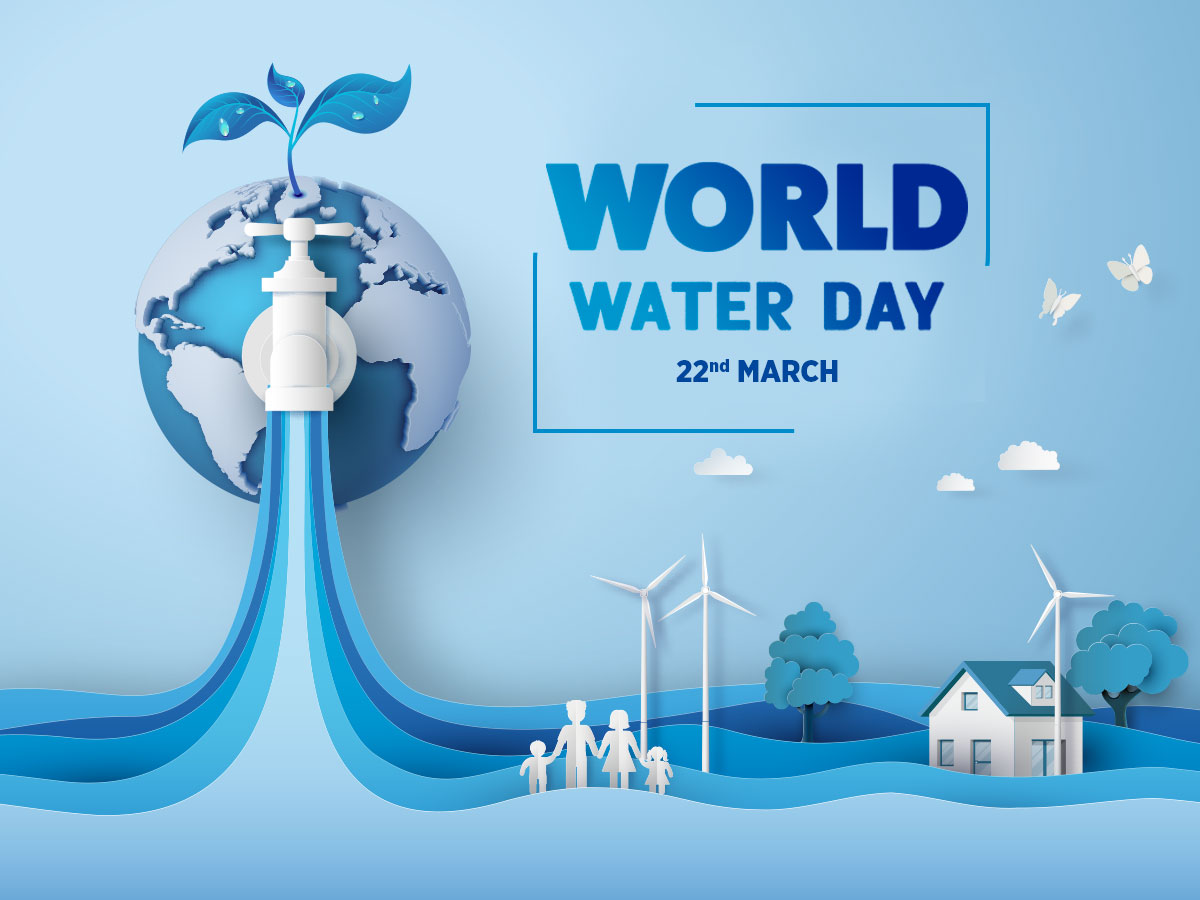
You create you own floods
Many people think of environmental concerns as a modern issue: humanity’s destruction of nature and ecosystems as a result of very recent population growth and increasing consumption. This is true for some problems, such as climate change. But it’s not the case for deforestation. Humans have been cutting down trees for millennia. The amount of land used for agriculture – land to grow crops as well as grazing land for livestock – was expanding. From the end of the last ice age to around the beginning of the Christian era, human population had increased ten times and thus the need for space for growing food and keeping livestock.
There was a time when the farmer stepped out of his house, looked up at the sun and told us the month of the year with accuracy. He looked at the well water and knew exactly when the rains will replenish the ground water. He built fences exactly where the flood waters would stop, during the heavy rains. On the first of June the monsoons hit the coast line of Kerala and abated by the end of July. The sea waves reached the upper beach, never the beach road. Any change was an aberration.
One look at Ernakulam city during the festive season in 2022, would show you a dismal picture. Onam in this “fast growing city” paints a picture of horror. The roads have sunk below water line and storm waters have wiped entire areas away. Even those areas that were unaffected even in the deluge of 2018 have been inundated. So what has changed over the last three or four decades. Is the growth we portray with great pride sustainable? Is the planned development scientific? Have the natural water flow, ground water levels and natural water bodies been affected in a way that is dangerous for the city’s basements. Is this the future of all the fast growing metros in Kerala and other states of India? Does the state government or local administration have a scientific policy on soil disposition, land excavation and its restrictions, infringement of natural water flows, and most importantly disposition of a large city’s daily waste?
Any habitat has some basic needs. Land resource, water resource, waste and wastewater disposal, disposal of sewage etc. It also creates increased demands on essential infrastructure like roads, public transport and other public utilities. It also amounts to larger numbers vehicles, pedestrian pathways, shopping areas, disposal of single use packaging
The inhabitable land area in most cities in Kerala have been ravaged in the name of property development. Large scale migration of a largely rural population to new urban habitats meant that large tracts of city land were hastily converted to residential properties. The burgeoning commercial needs meant that the already congested commercial areas needed to be enhanced overnight. Add to that the land need for other uses like utilities, shops, educational organizations, banks, hotels etc. And enhancement in the populace creates nearly threefold demand on land resources. Residents need not just shelter, they have demands on areas of works or livelihood, areas to procure day to day essentials, centres to educate and train newer generations, centres for social interactions and entertainment. The demand list grows longer with each advancing year.
With growth of urbanization, there is always a growing demand on fresh usable water and other essential. The modern world depend largely on centralized water sources, which are largely sourced from natural water bodies like rivers that are dammed for the purpose. The larger these are the more they pose a threat in terms of safety. There are dangers manifest in the flooding of these water bodies, possible infringement on the quality of the water distributed causing illnesses to large sections etc. Likewise there are many common utilities that do not grow at the required pace of the population growth. The use of roads is one of the most noticeable. A road that once catered to the use of commutation of a few hundred vehicles and a few thousand pedestrians have now been forced to service thousands of vehicles and tens of thousands of pedestrians. There are now needs for more shops to procure essentials from, more centres for entertainment and education.
One aspect that most studies leave for the very last is the inevitable waste that emanates from a growing a growing populace. Waste comes in many forms. Water waste, solid organic waste and inorganic waste. The disposal of this waste is one of the major problems that has been ignored until recently and has been poorly dealt with in recent times. The fact that waste is a problem had always been there at the back of every city planners mind. But the growing demands on the land resources and the economic largesse behind it had forced many of them to keep pursed lips and purposely not highlighted it. Today this problem stands tall in front of a large populace. With purposely narrowed storm water, cramped waste disposal farms and natural water flow systems hampered or even blocked inadvertently by waste dumping in them.
The current crisis in Ernakulam city is one such calamity, that many cities in the vicinity are more than likely to encounter in the near future. Overuse of land, like conversion of park lands to multiplex commercial buildings, cramping buildings within the confines of the city. Over dependence and uncontrolled use of depleting water sources and the lack of proper maintenance of the same, lack of desilting and strengthening of the water reservoir structure are all reasons of note. And finally the unrestricted dumping of waste packages in water bodies, wanton shrinking and narrowing of water flow systems or total blocking and even building atop these once existent waterways have proven to be the very bane of these new born cityscape. The administration, local and state, city planner and every citizen need to take note ….urgently or face the fate of Ernakulam, sooner than later.




